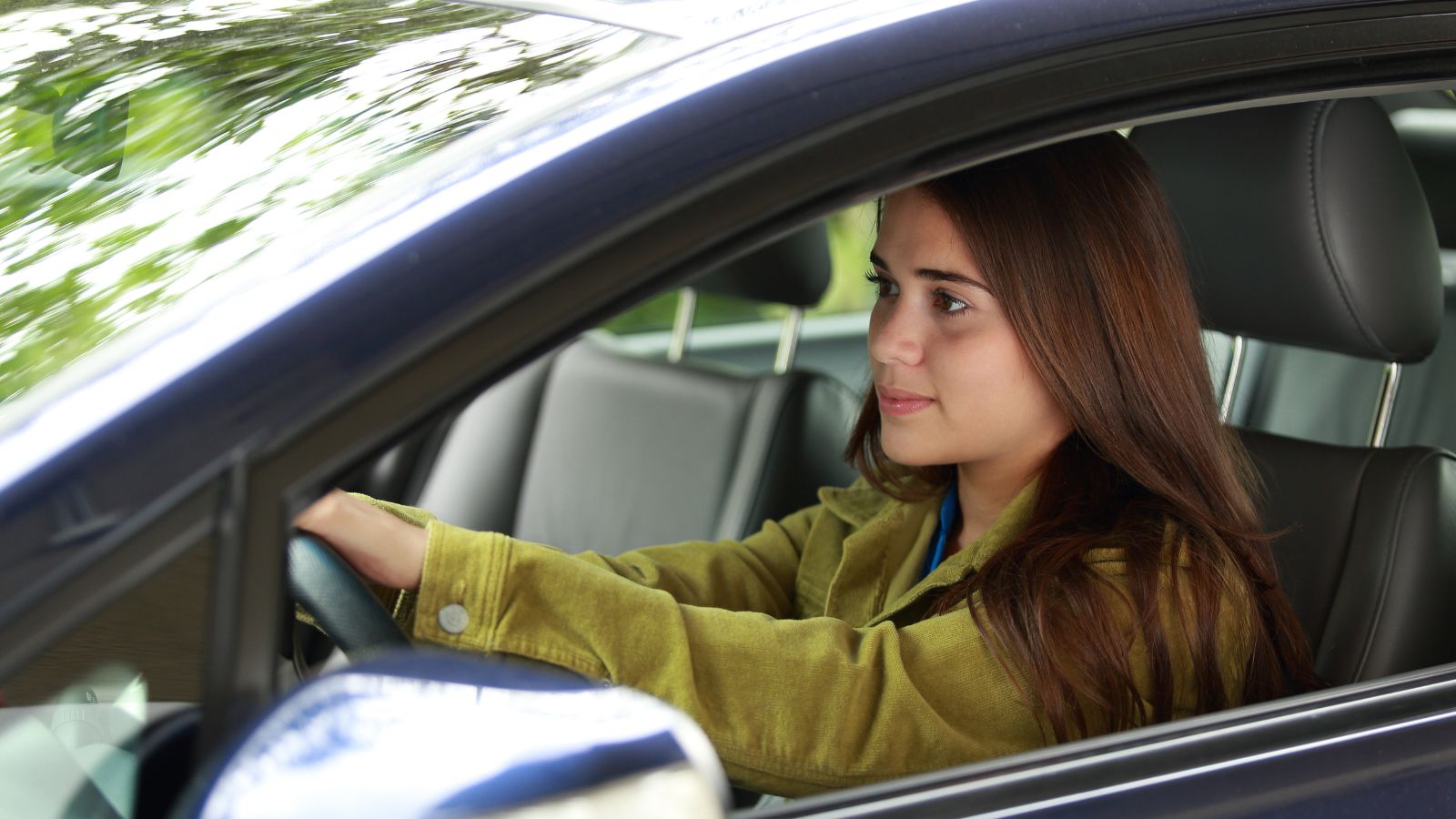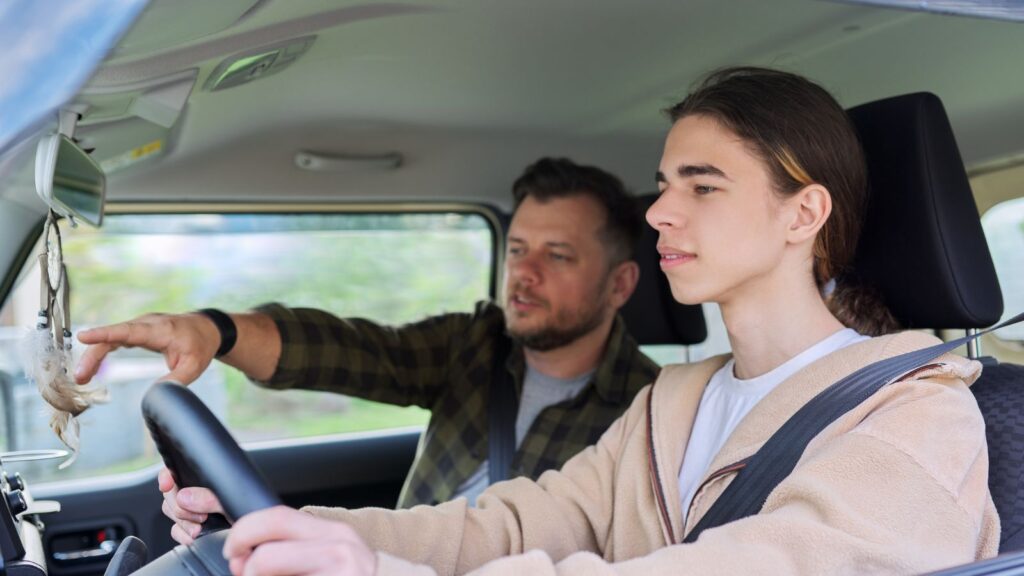Parenting has many small pleasures. You can share some great times with your youngster as they get older. As you do, you’re continuing a timeless tradition. You’re passing on your genes and the family name.
When your child becomes a teenager, you might have some concerns. For instance, they’re probably on the verge of getting their driver’s license. That might excite them, but you may not necessarily feel that way.
You might realize how many car accidents happen every day. Some even result in fatalities. Large trucks cause about 9.3% of vehicle-related deaths, but it can also occur when two normal-sized cars collide with each other on a local road.
You can’t always protect your teen from reckless or drunk drivers, but you can still take certain actions to keep them as safe as possible. We’ll discuss some of those right now.
Sit Them Down and Talk to Them Before You Start Teaching Them to Drive
Before you ever let your teen get in the driver’s seat of your car and start the engine on their own, you should sit down and have a serious talk with them. Presumably, you’ve had similar discussions with your teen. Maybe you’ve had the sex talk and the drugs talk already. As a parent, you need to make sure your child has the facts and that they know exactly where you stand on these issues.
When it concerns driving, you want to let your child know how the situation will look when they get their license. Maybe you’re giving them your used car and getting a new one. Some families can afford to do that. Perhaps you don’t have a used car that you can give your new teen driver once they have their license, but you can let them borrow your vehicle sometimes.
You should also let them know that you expect responsible behavior from them. That means not letting their friends or smartphone distract them when they’re behind the wheel. They probably already know that you don’t want them drinking or doing drugs, but you should still emphasize the danger if they choose to experiment and then drive.

Maybe you’ll even want to get some car accident statistics to show them if you don’t feel like that’s overkill. Whatever tactic you choose, you must convey to your teen what you expect from them. You should also make them understand that you don’t consider driving to be a right. If their grades start slipping or they get into some other kind of trouble, inform them that you will revoke their driving privileges.
Teach Them the Basics in a Parking Lot
Once you feel sure your teen understands the gravity of what they’re about to undertake, you can find somewhere to show them the driving basics everyone needs. This foundational approach works well. You can find an empty parking lot or somewhere similar with no traffic or other cars around. There, you can show them the different parts of a vehicle if they don’t know them already.
If you’ve already showed them some car maintenance over the years, such as how to check a vehicle’s tire pressure and similar basics, that should help now that they’re becoming a driver. You can show them how to use the gas and the brake, adjust their mirrors, etc. Then, you can sit in the passenger’s seat and let them try to drive for the first time.
In the beginning, you’ll want to keep them off the streets until you’re sure they can operate the vehicle with no issues. If they seem like they’re picking it up with no problems, then you can accelerate the lesson. If they seem timid, then you can go at a slower pace.
Once they can operate the gas and brake with no problems, then you can let them take the car out on a local road. Try to find one with very little traffic. A residential neighborhood with quiet back streets should work nicely.
Have Them Drive Around a Quiet Neighborhood for a Few Days
You can have several lessons in a neighborhood with little traffic. You might have your new driver go around the block a few times.

While they’re doing that, you might quiz them on what they should do in certain traffic situations, like who has the right of way when they approach a four-way stop. They will learn more about these types of scenarios when they take a driver’s education course, but you can at least start your novice driver thinking about them.
Don’t Let Them Get Out on the Highway Until You’re Sure They’re Ready
When you feel sure that your young driver has the basics down, you can take the next step. You can accompany them when they get out on the highway for the first time.
As a parent, you might feel proud at this moment but also a little terrified. In this situation, you must hope that the lessons you taught your teenager made an impression and that they don’t do something that puts you both in harm’s way.
Millions of people have learned how to drive successfully, though, and you’ll probably see your teen take to it with no problems. Once you’ve worked with them on highway driving for a while, you should see them start to gain confidence exponentially with each passing day.
Before long, they should finish their driving school lessons and take the test. If they pass, then you’ll have helped them achieve another of life’s significant goals. If they fail, they can always practice some more before giving it another try.
You can’t ever guarantee a child’s safety when they drive, but you can’t guarantee their safety completely any time they leave the house. If you taught them driver safety, though, you can at least feel that you did all you could in this regard. All the other drivers on the road, not to mention pedestrians and cyclists, will appreciate that.

